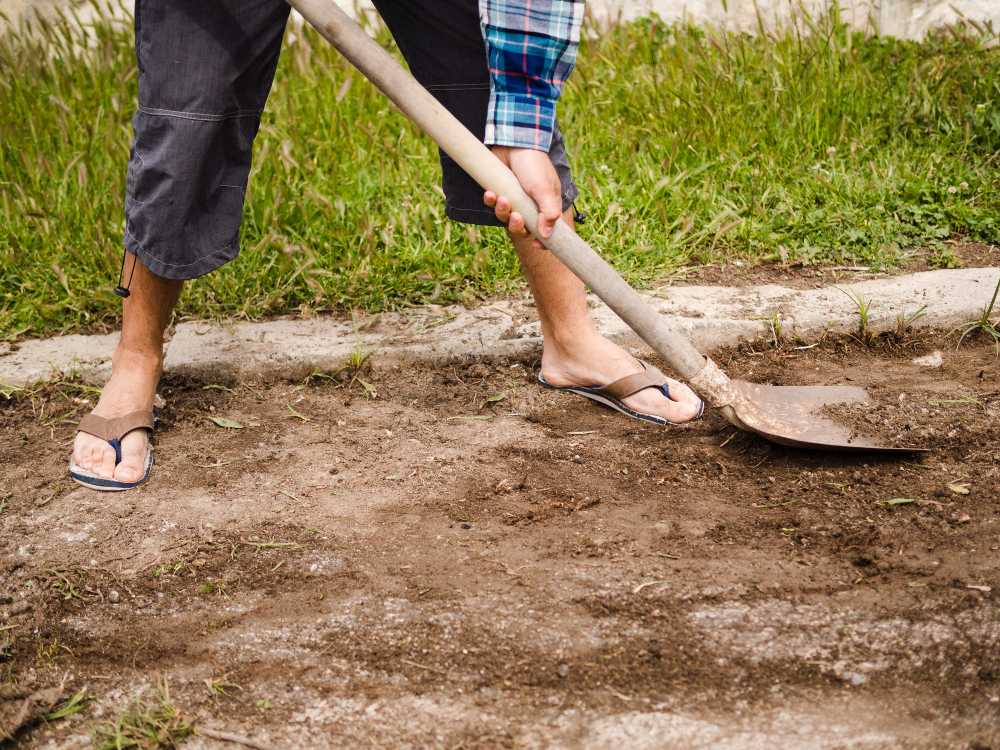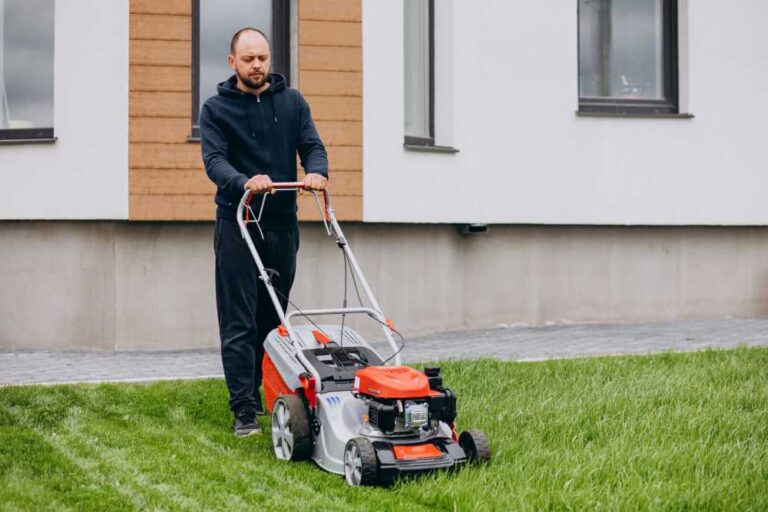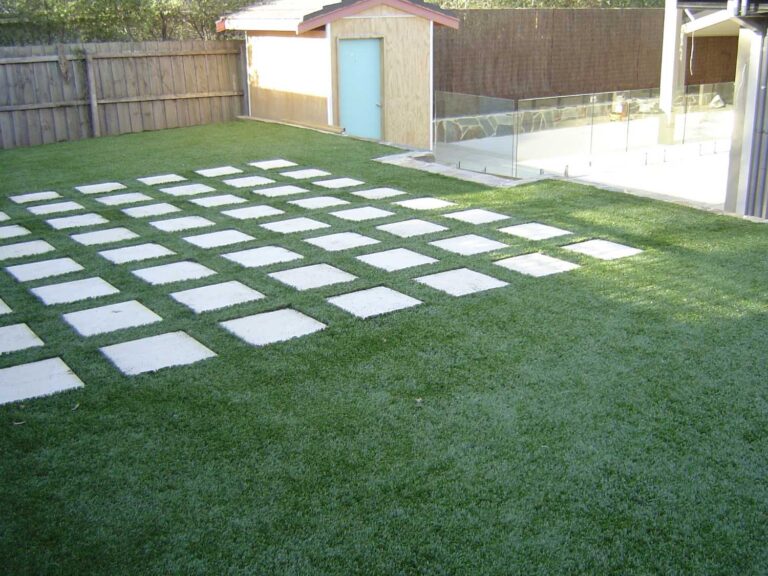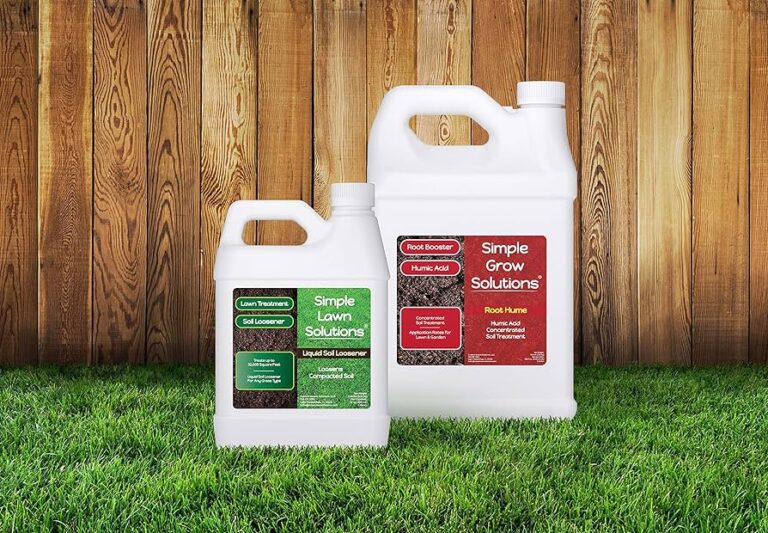Best Sand for Lawn Leveling: Here’s What You Should Know
Taking care of your beautifully manicured lawn involves a lot of activities. Apart from trimming grass and garden beds, adding fertilizers, and watering, you should also routinely maintain lawn level. Various areas of your lawn can become uneven with time due to settling, natural and unnatural causes, and drainage issues. If such occurs, you should consider using sand to level your lawn.
Using sand to level your lawn is beneficial in many ways. For starters, it improves drainage, minimizes water pooling, and sand is generally affordable. However, the main challenge is finding the best sand for lawn leveling. Generally, the best sand for lawn leveling should have fine grit. Two sand types with fine grit are play sand and mason sand.
This article outlines the benefits and drawbacks of using sand, leveling approaches, and the best sand for lawn leveling.
Benefits of Leveling Your Lawn with Sand
Leveling your garden is the key to a lush and healthy space. Using sand to level your lawn is beneficial in the following ways:
- Improves drainage – better drainage is certainly the main benefit of using sand to level lawns. Sand has large particles that allow easy percolation of water. This means you won’t have to struggle with a soggy lawn anymore.
- Improves soil aeration – as mentioned, sand has larger particles than most soil types. This creates air pockets that make it easy for plant roots to access oxygen effectively.
- Improves lawn resilience – unknown to most homeowners, a perfectly leveled lawn is more resilient to environmental stress and foot traffic. This minimizes the risk of soil compaction and, ultimately, damage to the plants.
- Promotes uniform growth – sand levels the lawn surface, enabling an even distribution of water and nutrients. This results in uniform growth and an attractive lawn.
- Reduces thatch buildup – thatch that forms in lawns over time often hinders grass growth. Sand breaks up thatch, preventing the risk of thatch accumulation and promoting better root penetration.
- Helps in pest control – sand also helps reduce pest issues in your lawn. Some common pests, especially grubs, don’t like habitats with sandy soil.
- Improves lawn aesthetics – a leveled lawn looks better and provides an enjoyable outdoor space for your family and pets to enjoy.
Using the best sand for lawn leveling allows homeowners and avid gardeners to achieve a healthy and attractive lawn. However, you should follow best practices to realize optimal results.
Drawbacks of Leveling Your Lawn with Sand
You should also know the expected disadvantages of leveling your lawn with sand. The three main issues that come with using sand to level lawns are cost, labor, and equipment. For starters, the sand used during this process may quickly accumulate. For instance, golf courses require sand layers between four and six inches.
As for the equipment, large lawns require specialized top-dressing equipment. This may force you to rent a topdressing applicator, which adds to the cost. That aside, you should also consider the effects of sand on your lawn mower. Sand has rough particles that can dull your lawnmowers’ blades and bedknives.
The other drawback is increased watering requirements. As mentioned, sand has low water-holding potential, directly increasing your lawn water needs. This explains why you should have a reliable irrigation system after leveling your lawn.
How to Level Lawn with Sand
Before listing the best sand for leveling your lawn, you should know the following approaches to lawn leveling:
1. Topdressing
Topdressing is the most preferred way to level lawns with uneven surfaces. It is a quick and easy process that can be done within a short time. All you should have is the sand mixture, a wheelbarrow, and a sturdy rake to spread the material.
While it may seem obvious, you should approach topdressing with caution. For instance, you shouldn’t spread more than ½-inch thick sand mixture at a time. Ensure that you can always see the grass blades poking through the mixture. This means it may take several applications to even out a bumpy lawn.
2. Underfilling
You should opt for underfilling if your lawn has more than 1-inch-deep sunken areas. While this procedure uses the same sand mixture, you won’t be spreading the sand mixture on the grass surface. Underfilling involves lifting the sod from affected areas to reveal the soil below.
You should then add the sand mixture until the area evens out with other parts of the lawn before replacing the lifted sod. Ensure that you water the affected area to keep everything in place.
Tips for Choosing the Best Sand for Lawn Leveling
Choosing the best sand for lawn leveling requires that you consider several factors. You should evaluate the following key issues:
Does your lawn have deep ruts and low spots?
Lawns with deep ruts and potholes require more than sand to level. Gardening experts recommend that you use a 50/50 mixture of topsoil and sand. You should also seed and fertilize areas with depressions. Mason sand is the best sand of choice for such cases.
Is your lawn already covered with sandy soil?
You should avoid leveling your lawn using play sand if your lawn already has sandy soil. Because of the fine particles, you might end up choking grass and other plants. Use a light layer of mason soil for such yards.
Is the grass in your lawn patchy?
Mason and play sand are perfect options for lawns with patchy grasses. Unlike the other two considerations, your objective here is to level the lawn and improve its drainage. However, apart from sand, you should mix sand with topsoil and seed and fertilize accordingly.
The Best Sand for Lawn Leveling
As mentioned above, the best sand for lawn leveling should have fine particles. You should consider the following sand types:
1. Play sand
Play sand, as the name suggests, is the sand commonly found in playgrounds, children’s sandboxes, and most recreational spaces. This sand type has a fine texture and is often cleaned and screened to remove impurities. This gives play sand its fine texture that makes it pleasant to touch.
While play sand is primarily designed for use in recreational areas, it also excels in landscaping projects. For starters, it is free from contaminants, such as silt, clay, and organic matter. Its fine texture also ensures its drainage properties, as water won’t pool on the surface.
Unfortunately, play sand isn’t ideal for long-term lawn leveling because it easily compacts. It is also very lightweight and can easily be washed away by heavy rains. Nevertheless, it is easily available at garden centers and home improvement stores at an affordable price.
2. Mason sand
Mason sand, otherwise called mortar sand, is fine-grained sand typically used for construction purposes. It has similar characteristics to play sand in its texture and is used in landscaping projects. Spreading it over your lawn creates a smooth and level surface for seeding, laying sod, and other gardening activities.
Like play sand, mason sand has excellent drainage properties, which allows water to percolate through easily. Mason sand is easily available at home improvement centers and landscaping suppliers. You can mix mason sand with compost and topsoil to suit your landscaping needs.
3. Sharp Sand
Sharp sand, also called coarse sand, has comparably larger particles, unlike mason and play sand. It also has a gritty texture and is often used in construction and landscaping projects. Key features of sharp sand include:
- Has larger and angular particles, which provides better drainage and aeration properties.
- It is best for lawns that require excellent drainage and stability. You can use it to level uneven lawn surfaces, improve soil structure, and enhance drainage.
- The large particles prevent soil compaction and allow water to percolate through the soil more effectively.
- Sharp sand is stable and resists compaction, which makes it perfect for long-term landscaping projects.
Sharp sand is very versatile and perfect for various landscaping needs. Besides lawn leveling projects, it can be used to improve soil structure or to create a stable base for hardscaping features.
How Much Sand is Required to Level Your Lawn?
Estimating the amount of sand required to level your lawn is simple math. You should start by determining the size of the area to be leveled. This means measuring the length and width of the area and the thickness required. These measurements can give you the rough volume of leveling sand required.
However, you should include miscellaneous to account for deeper holes and ruts. Don’t hesitate to engage the experts if this sounds challenging.
The Bottom Line
Most homeowners and gardeners choose play sand or mason sand to top-dress their lawns. Both sand types have fine and consistent particles. They are also thoroughly sifted to eliminate pebbles and common debris. However, play sand is best for small lawns, as it can be bought in bags. On the other hand, masonry sand is a great option for large lawn-level projects.






